Continental Divide Trail Hiking Advice for 2024 (& Beyond)
Chances are that things won’t go according to plan on a Continental Divide Trail thru-hike. One of the best things you can do to prepare for a CDT thru-hike is talk to CDT thru-hikers and see what they would do again, do differently, and suggest that others (i.e. you) do.
Questions like What gear do I get? Where do I resupply? Do I need a trail family? Do I have to pay trail angels? And do I have to dig and poop in a hole and then pack out my toilet paper? Yes, you need to poop in a hole and pack out your toilet paper.
As part of the CDT Hiker Survey, I ask hikers for advice to pass on to future CDT hikers. Each of the bullets below is a response from a CDT hiker. Keep in mind that each response is the advice/opinion of a single person. None should be taken as 100% applicable to everyone on the trail, and just because something worked (or didn’t work) for one person doesn’t mean it’s going to work for you.

Planning Advice
- Do enough planning and training so you feel prepared for your hike but not so much that it detracts from your life outside of hiking. Ensure you plan out your gear and skills enough to know you won’t die on the trail. Logistically, the CDT is challenging, but you can plan most of your food/mileage on the trail. Ensure you are physically fit, but you will get your training out there. Buy a Garmin or Satcom device; it could save you.
- Don’t overplan because your pace will change as you go. You will want to make room for fun diversions, and generally, most towns have decent resupply options. Don’t stress your gear choices; you can carry more than you think and don’t need fancy gear. Don’t stress being solo since many people are willing to buddy up on the trail.
- Going southbound makes so much more sense regarding weather, bugs, and overall conditions, and not just for snow. It was cooler in New Mexico in October, the monsoons are decreasing in Colorado, the leaves are stunning, and wildflowers in Montana! The biggest factor is getting through Colorado before the snow starts, ideally being done at the end of September. I would say Glacier National Park permits are harder going southbound if you didn’t do them beforehand.
- Practice beforehand to get in shape and to learn about your gear. Learn how to read a map. Go for it!
- It makes it easier to read and prepare well regarding gear, fitness, practice hikes, mapping/app downloads, etc. But don’t expect to plan the whole route, all your stops, and who you might meet or hike with; this will unfold day by day. And while all the information on Facebook/FarOut is very useful, hike your own hike to your own comforts and abilities!
- Many southbounders found the glacier permits difficult. We booked ours online when they went on sale, but we booked them northbound through the park because of the limited options. This was a great idea! It was reasonable mileage, and we met many southbounders who would ultimately become our trail family.
- Train beforehand! Learn to read topo maps and dont rely on the redline. Hit the gym and get that footwear dialed in.

Attitude Advice
- Accept that it never gets easy – embrace the brutality!
- Hike your own hike, but don’t forget that if you’re unhappy, you can sometimes change things to make yourself happier; it’s about having fun.
- Don’t be afraid to take a zero day. You need to rest properly. Eat well; diet is critical to ensuring your body can perform at its best and properly recover after the trail. If your gear isn’t working out, CHANGE IT! There’s always more than one way of doing things. Plan a “recovery strategy” for the weeks following your hike to give yourself time to rest and soak in all you’ve accomplished!
- It’s a National Scenic Trail, and you may have certain expectations regarding trail quality. You should lower those expectations. No, lower them a bit more. Lower still. Yup, that’s about right.
- Most people have a breakdown on occasion or on a regular basis. Being on the trail alone in such a remote location is mentally and emotionally strenuous. You don’t run into people all that often. Don’t hesitate to take breaks or reach out to find other people when needed.
- Pay attention to your body. Make sure you have good gear dialed in before you start, and ramp up your mileage slowly and steadily. It’s not worth pushing for big miles right away if you’re going to injure yourself. Be kind to yourself in general. It’s mental and physical.
- Take what the CDT gives you and go with the flow! Throw that itinerary out the door and adapt to your surroundings!

Hiking Advice
- Be flexible. Many days above 10,000 ft / 3,050 m can take a toll with weather delays. Snow in Colorado can be a challenge. Make sure you pick a safe option.
- Be honest with yourself. If your legs are aching and your feet are nearly destroyed, don’t push on to fulfill some initial goal. Mileage can always be made up in the latter half of the trail, and in terms of physical and mental well-being, it is important that you listen to what your body needs most.
- Daylight disappears pretty quickly in September.
- Don´t listen to the fearmongers. Everybody hears scare stories about certain river crossings, the San Juans, or whatever challenges your year will bring; however, probably none of the other hikers have seen these sections yet. This was my girlfriend’s and my first thru-hike, and we managed to get through the San Juans; so can you! At the same time, be responsible, hike dangerous sections in a group, and plan potential bail-out points. Take an extra day of food if you go through uncertain terrain.
- Expect a lot of burnt forest, dead forest, and road walking.
- Stay on the red line and don’t be a sheep and follow everyone else on the shortcuts. Don’t do the Big Sky massive shortcut (it’s nowhere near the Continental Divide) and pretend that you completed the CDT.
- Take the Big Sky Cutoff. Hiking Idaho is not worth it, spend more time in the Yellowstone backcountry. The Big Sky Cutoff still gives a few miles of Idaho hiking just to say you hiked it.
- This hike is a choose-your-own-adventure; the red line is not the one true way. Many alternates are simply more beautiful.

Gear Advice
- Sealskinz Socks were worth every cent in the snow!
- Honestly, get your rain gear dialed in. I had a great jacket and quilt I used on the PCT, but both failed miserably on the CDT, causing great misfortune.
- I was glad I had the gear to manage the cold; that was a confidence-builder. I had an umbrella, Patagonia longjohns top and bottom, a good balaclava, and winter socks for the sleeping bag.
- I needed clothes to keep me warm in a 20°F / -7°C sleeping bag. Get some good fingerless sun gloves or fly-casting gloves (mine were padded goat leather, and I loved them); get a hat that protects and covers the neck. It’s good for sun weather, and mosquitos. Find a light-colored top and pants. Light-weight cinchable, quick-dry pants are good.
- Plan on lots of unpredictable weather and have the gear to deal with it.
- Take an umbrella and keep a bounce box of warm/snow/rain gear.
- The water in New Mexico generally sucks, and will clog your filter.
- Change your socks. Trenchfoot sucks.
- Travel light but have good warm rain gear. I dealt with hypothermia twice on the trail.
For more on the Continental Divide Trail gear, check out this year’s CDT Gear Guide.

Resupply Advice
- Plan enough time to eat all the huckleberries.
- Don’t go to Jackson, Wyoming and don’t bother with Benchmark or Augusta in Montana – do go everywhere else in Montana.
- Don’t underestimate the need for electrolytes throughout the walk. They can help pick you up when you’re flat.
- If you’re like me (a planner prone to anxiety about uncertainty), chill out. I did all I could to plan for this hike, and I wish I could go back and tell myself to chill out. I wouldn’t send any resupplies until you’re on the trail again. I would try not to worry about “what ifs ” that are more than 100 mi / 160 km ahead.
- Take it one town at a time. Do not look at the giant map, as you’ll get discouraged. Focus on the next resupply and 100 mi / 160 km. It’ll go faster than you know, and you’ll miss it already! Try to dial in your gear in each town. I tried to get rid of one item in each town. ENJOY it. Enjoy the people. Enjoy your time alone. Enjoy town. Stay an extra day in town if you want to socialize — you won’t regret it!
- Skip Lincoln (and Augusta, too, if you can) by resupplying at High Divide Outfitters in Montana. I guarantee he has a better gear selection than any store you’ve been in. You can fully resupply on food, charge devices, and use the outdoor solar shower.
- Cowboy Cafe in Dubois, Wyoming, has way better pie than Pie Town, New Mexico.
For more on the Continental Divide Trail resupply, check out this year’s CDT Resupply Guide.

People Advice
- Don’t follow social media and FarOut comments as if it were the bible. Fear-mongering is destructive.
- Don’t overplan. Find a hiking partner if you crave connection but don’t want to deal with a trail family. Spend time in towns and rest as much as you party.
- The CDT is getting more popular. I don’t think you need to fear being alone.
- The cliche is true. Hike your own hike. Beyond that, I would strongly encourage everyone to remember that our behavior impacts every other hiker who will come after us. We are guests for a few months of the year. We are owed absolutely nothing because we chose to hike for three thousand miles. This is not the Pacific Crest Trail or the Appalachian Trail. Western etiquette is such that most people are out here to get away from people…don’t take that from them. Be nice to everyone all the time.
- There are fewer hikers, except where Colorado Trail crosses, so plan to be solo more often. This means it may be harder to connect with a tramily.

Trail Culture Advice
- Everyone always says HYOH (Hike Your Own Hike). I created a new one for the CDT—- DDOT (Don’t Die Out There).
- Expect this trail to be more difficult and demanding overall than the Appalachian Trail or Pacific Crest Trail, with fewer amenities and trail angels.
- Hike your own hike. The best advice I read beforehand, and it’s 100% spot-on.
- I noticed everyone is so obsessed with doing huge miles and fkts. It’s important actually to enjoy your hike. What’s the rush besides the weather? Take your time and listen to your body.
- Take all the crazy alternates you can! They’re always good.
- There was a lot of fearmongering through New Mexico this year (as a northbound hiker) because of the high snow during the winter in Colorado and northern New Mexico. People claimed it was impossible and/or highly dangerous to hike the lower Gila, the section north of Ghost Ranch, the San Juans, and West Collegiates. Because of this, many hikers (a lot of them capable and experienced) opted to skip large portions of the trail or flip ahead. This is fine, hike your own hike, but from my experience, it is always best to check things out for yourself rather than blindly believing what other hikers (or non-hikers) say about the trail ahead. If you find it beyond your acceptable level of risk, you can always turn around or find an alternate route. The official CDT in Colorado was very snowy, hard, and exhausting, but not impossible and very much worth the effort. I am happy I trusted my own intuition and decision-making and hiked those sections despite others trying to convince me not to. It’s important to know yourself, make the right decision for you, and let others make the right decision for them without judgment. So don’t get stressed and don’t listen to the fear-mongering, and try things out for yourself instead

Quitting Advice
- Be honest with yourself and slow down if you need to. If you have to get off the trail, there’s nothing wrong with that; The trail will be there waiting for you.
- Figure out why you are doing it and remember. Realize it is going to be hard.
- If you feel like leaving the trail, talk it through sensibly with someone off-trail. Don’t quit on your worst day, always give it more time if possible. Trail angels can help in a bind as well!
- It’s about wanting to be out there. If you stop having a good time, then it’s not for you. Don’t be afraid to get off the trail, even if you are 100 mi / 160 km from the end. Do what’s right for you, and hike your own hike. Don’t do things you don’t want just to stay with a group that you like. Don’t let others influence your decisions.
- Stick with it, and don’t quit. The best stuff is at the end.
- This is a brutal trail. You will be tested, but remember, it’s doable!
- You will have doubts so many times that you will want to quit. Don’t forget why you’re doing that. It’s a unique moment in your life, and the reward is as big as your efforts.
- You will hit many low points on the trail but don’t give up! Take a zero day or two to refresh. If you reach a point where you think you want to quit, give yourself two more weeks before making a decision. Things will get better!

Support the Survey
Every year, I receive numerous requests for guidance on how to support the surveys. Beyond sharing them with your close-knit bubble of weird hiker friends, the best way to support the survey is to contribute via Patreon. You’ll get access to exclusive posts, discount codes, live streams, and super awesome stickers so that everyone will know how cool you are.
If you’re not into Patreon, that’s cool; you can Venmo @halfwayanywhere, Cash app $halfwayanywhere, or PayPal moc.erehwynayawflah@tcatnoc
This is not expected. The data collected in the survey will always be free and accessible to everyone who wants/needs it. Your support is much appreciated and helps pay the website (and survey) bills.


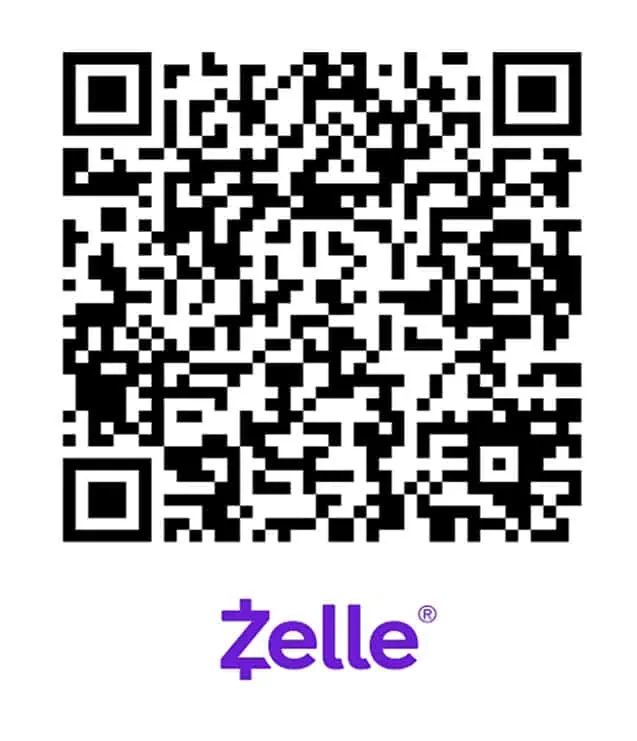
CDT Survey Collection
Affiliate Disclosure: This page may contain affiliate links, which means I may receive small commissions for purchases made via these links at no additional cost to you. This helps pay the bills and keep the site up and running. Thank you for your support!
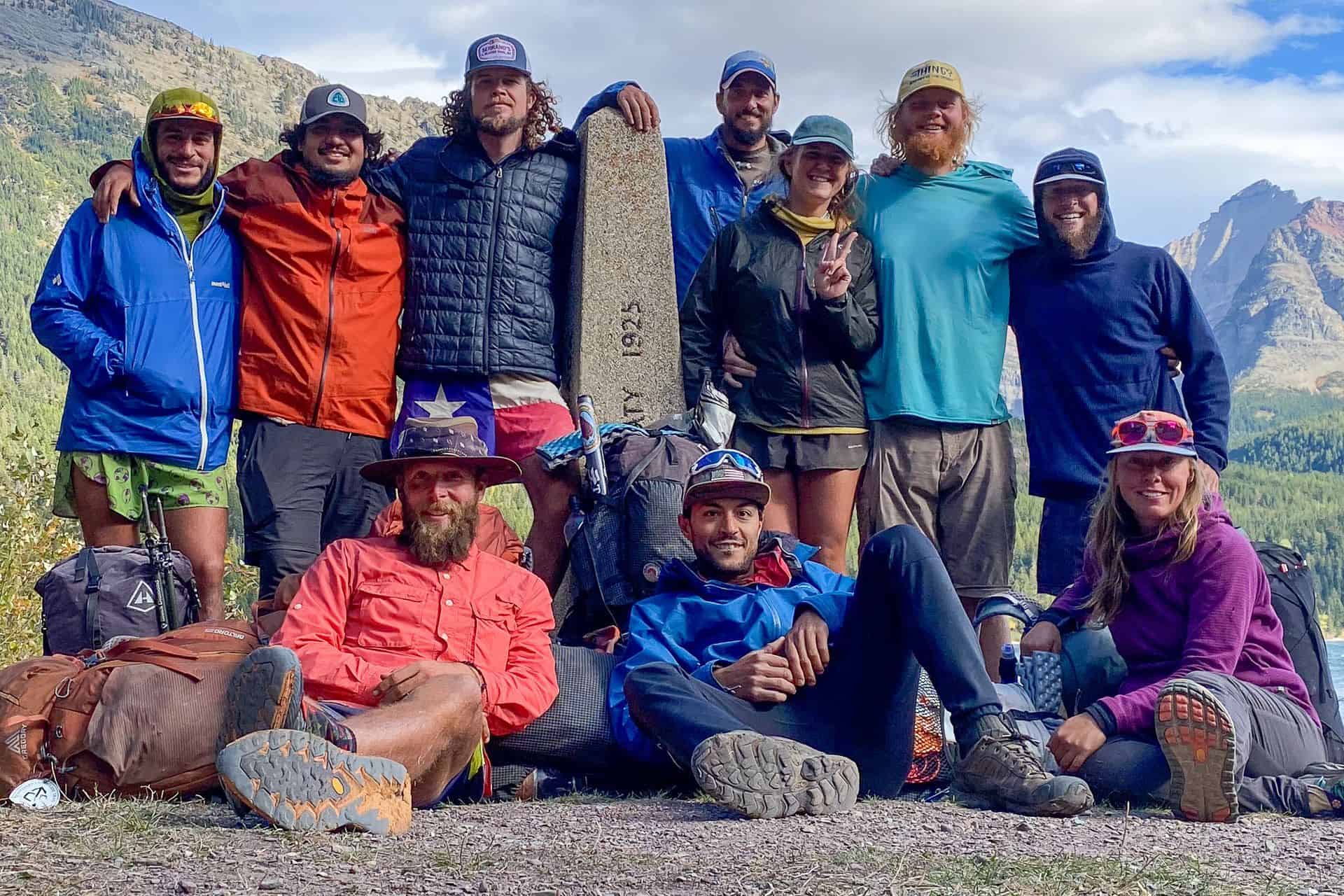
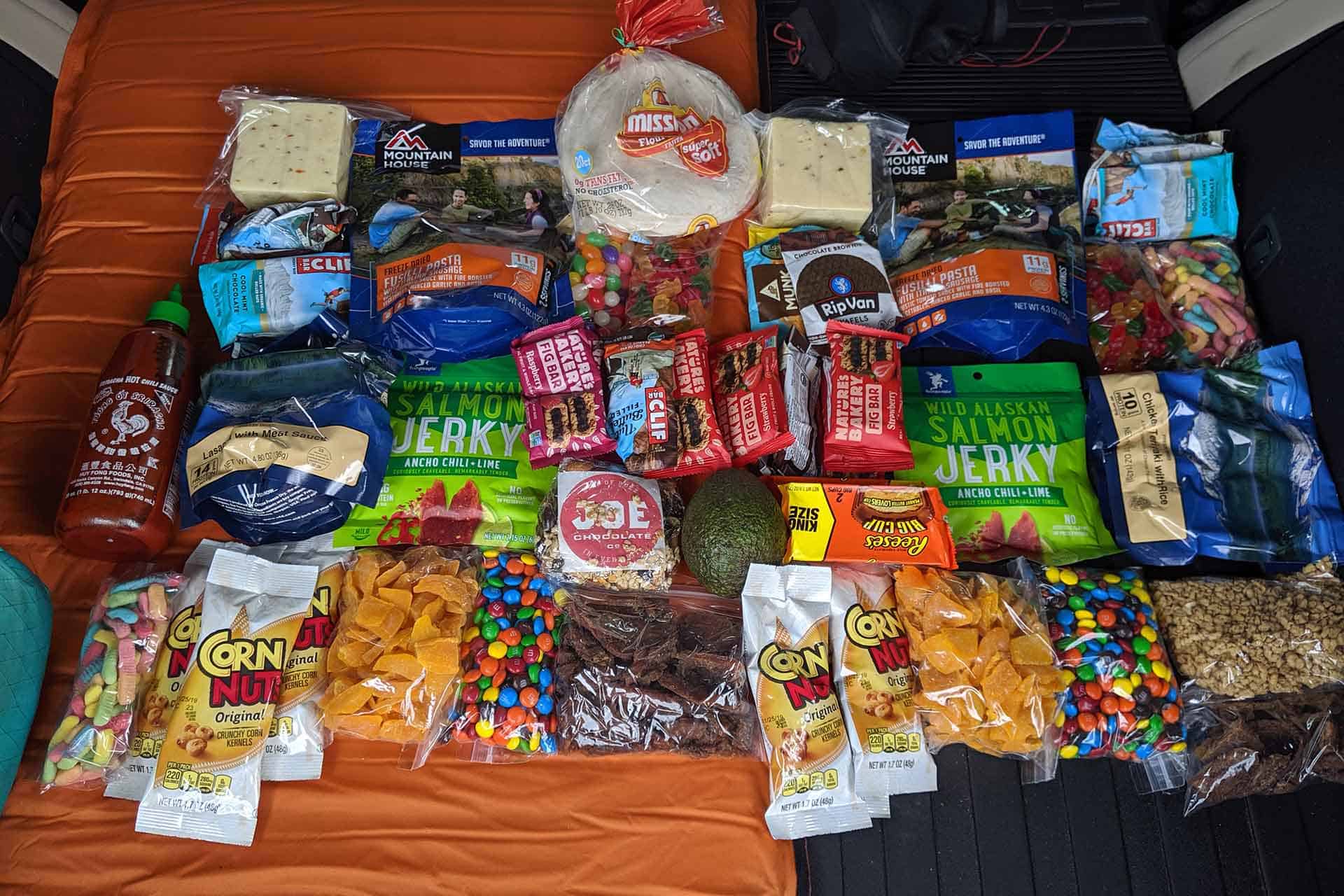
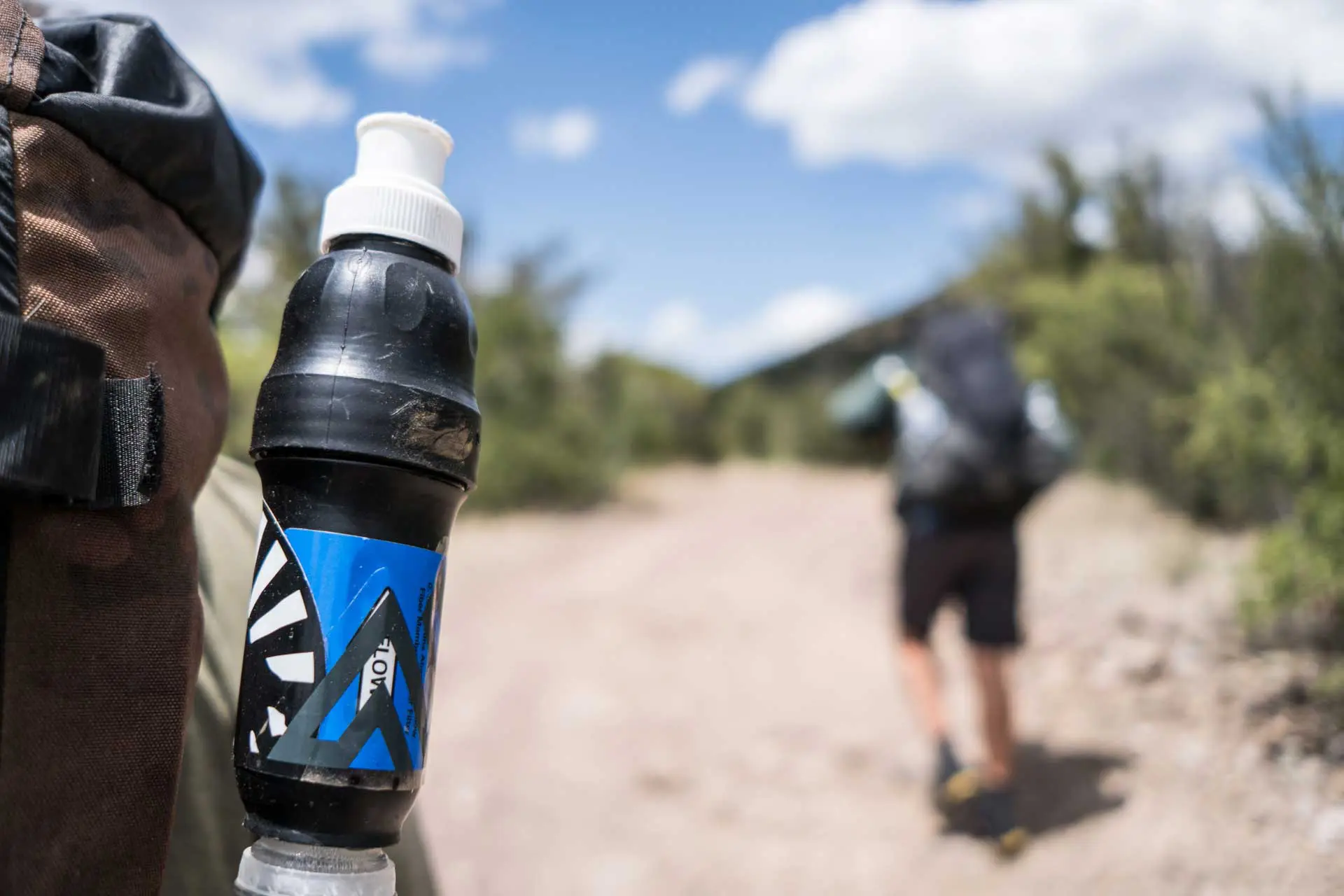

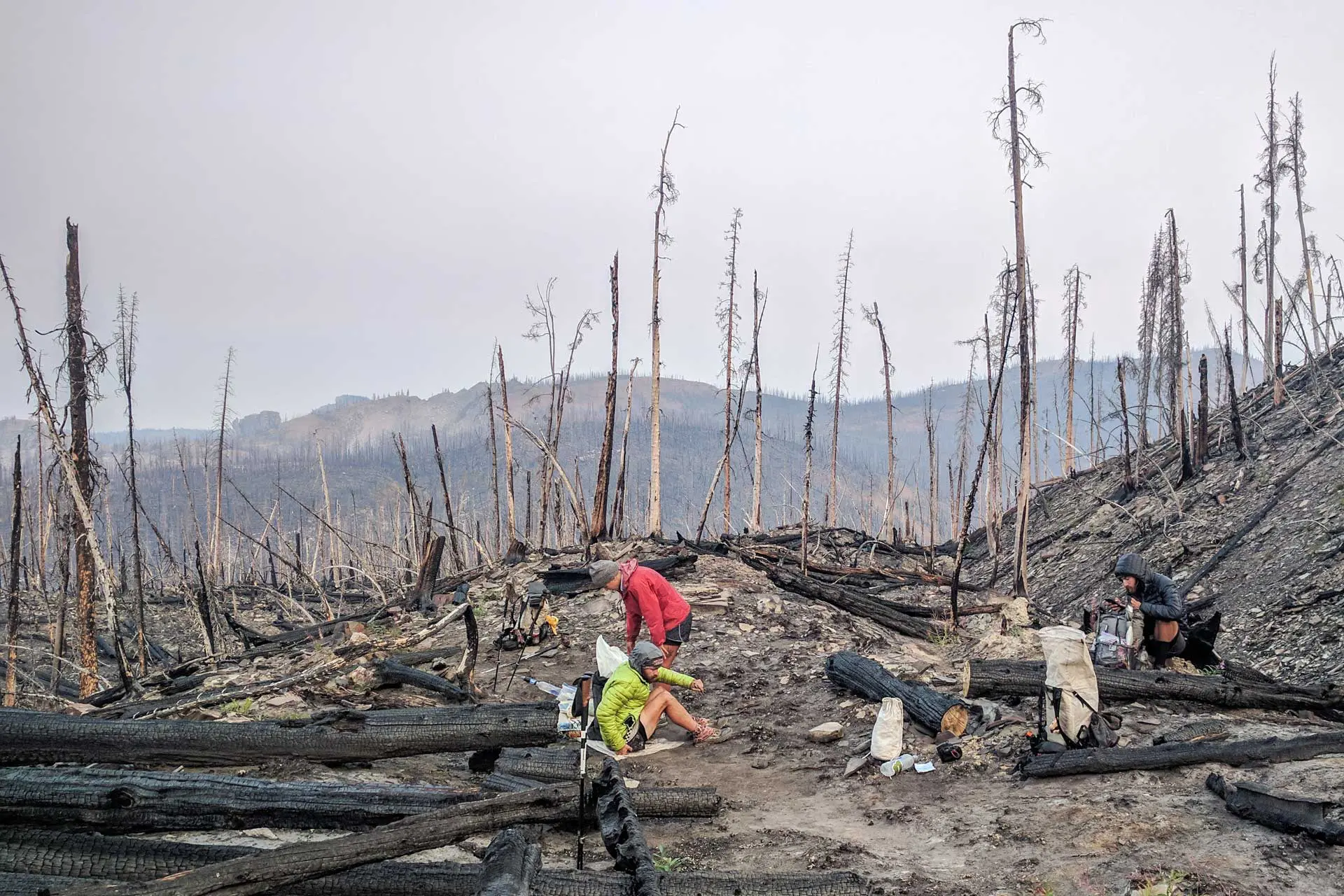
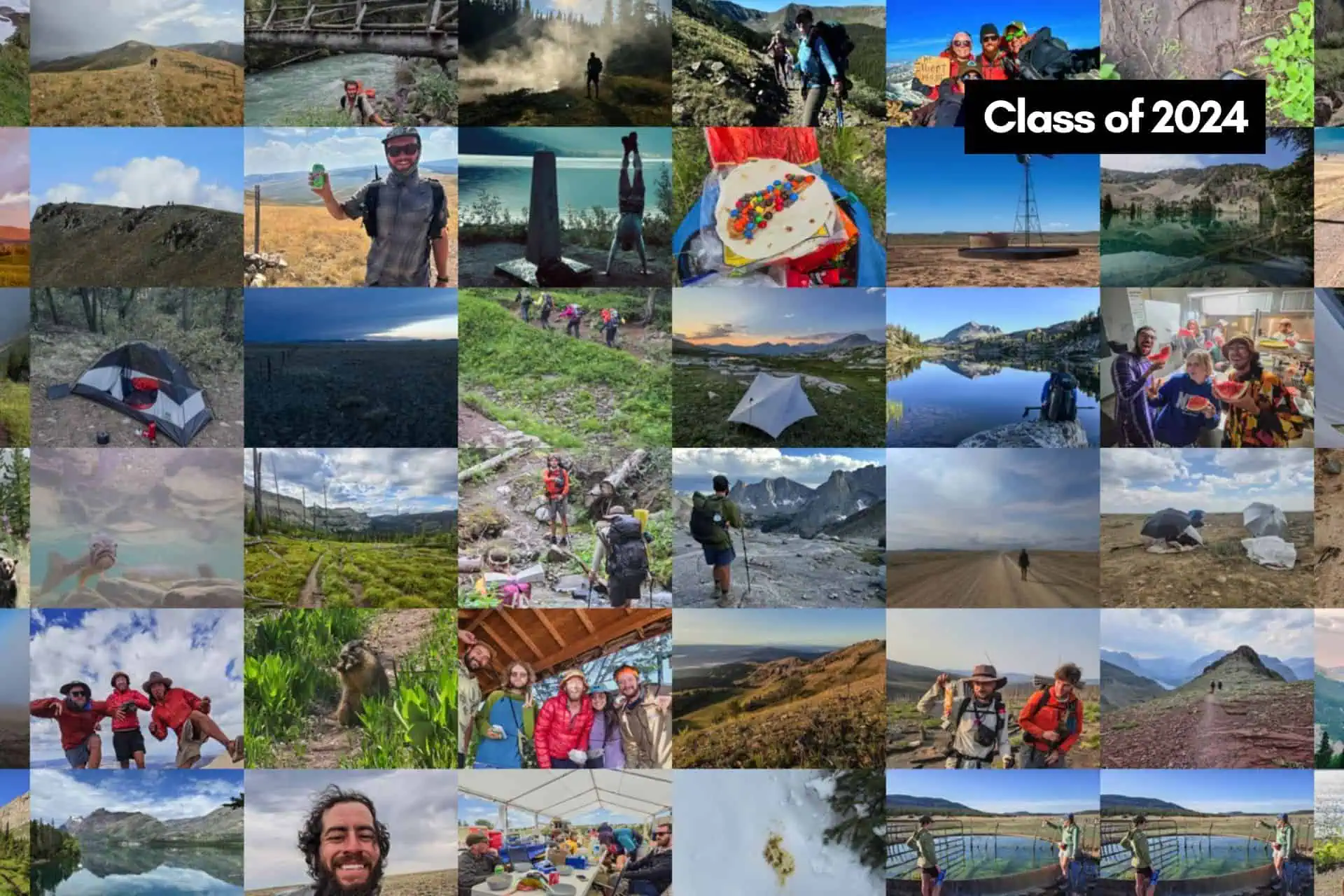

Re the purist approach to the trail – all the shortcuts count. The “red line” is just a line. Take the most beautiful routes, otherwise why do it?! Said by a LASHer anyway.
Glacier National Park – the pine cone police are relentless. Their goal is to seek out and destroy the joy of all backpackers, at least some of them are that way. Avoid the uniforms and don’t break any rules, whether you know them or not.
I loved these two comments:
“ Stay on the red line and don’t be a sheep and follow everyone else on the shortcuts. Don’t do the Big Sky massive shortcut (it’s nowhere near the Continental Divide) and pretend that you completed the CDT.
Take the Big Sky Cutoff. Hiking Idaho is not worth it, spend more time in the Yellowstone backcountry. The Big Sky Cutoff still gives a few miles of Idaho hiking just to say you hiked it.”
Always nice to present opposing viewpoints :)